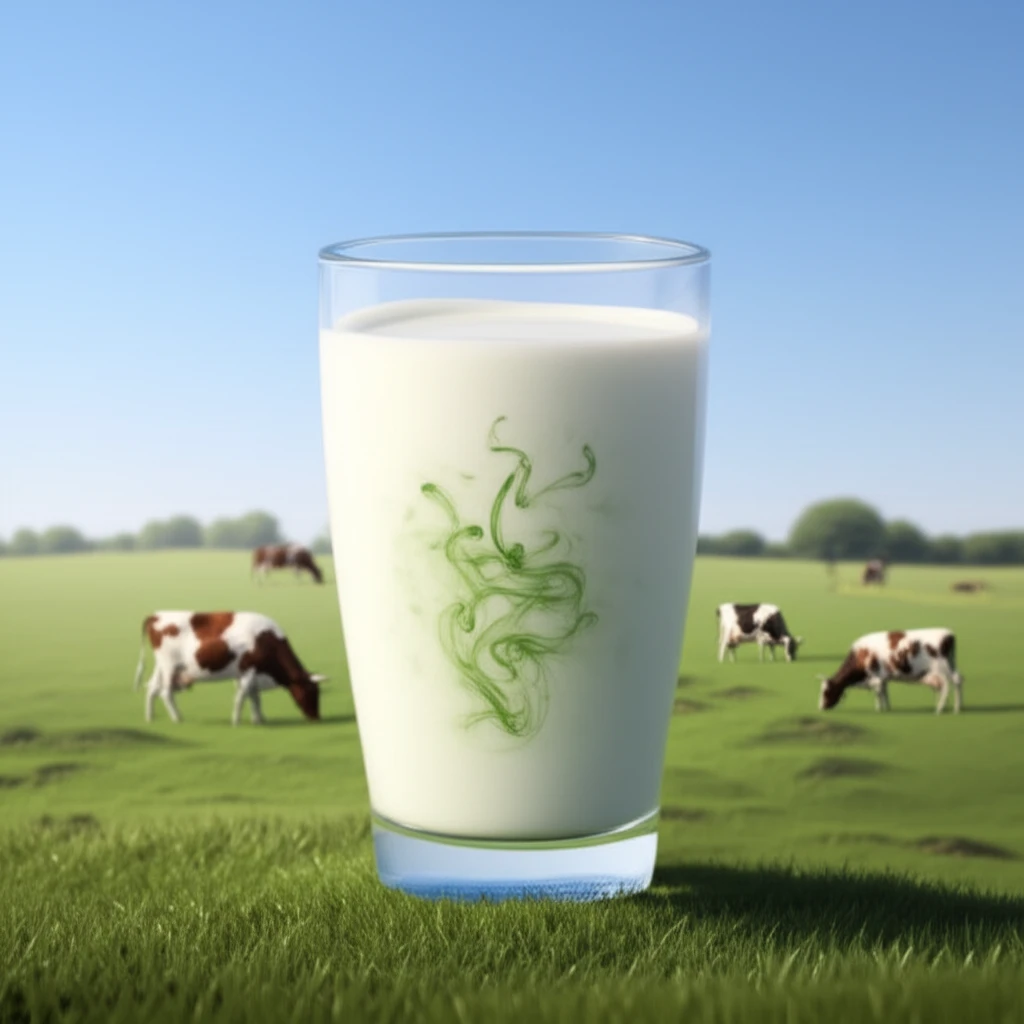
Is Your Milk Safe? The Truth About Pyrrolizidine Alkaloids in Dairy
"Uncover the potential risks of pyrrolizidine alkaloids in your milk and dairy products. Learn how processing methods affect their presence and what it means for your health."
Have you ever paused to consider what truly makes its way into your glass of milk? Beyond the essential nutrients and creamy texture, there's a world of natural compounds that can unexpectedly find their way into our food supply. One such group is pyrrolizidine alkaloids (PAs), naturally occurring toxins found in various plants that can contaminate milk and other dairy products. While the idea of toxins in our daily diet might sound alarming, understanding the science behind it can empower us to make informed choices.
Pyrrolizidine alkaloids are produced by plants as a defense mechanism against herbivores. These compounds can end up in milk when cows consume PA-containing plants, such as ragwort. Once ingested, these alkaloids can undergo metabolic changes in the animal, potentially affecting the safety of the milk. Health organizations and food safety bodies closely monitor these substances due to their potential toxicity and carcinogenic effects.
This article dives into the journey of pyrrolizidine alkaloids from pasture to your table, exploring how different dairy processing methods—pasteurization, sterilization, and fermentation—affect their presence and concentration. By understanding these processes, we can better assess the actual risk these compounds pose and what measures are in place to ensure the safety of our dairy supply.
Pyrrolizidine Alkaloids: From Ragwort to Your Milkshake

Pyrrolizidine alkaloids (PAs) are toxic compounds naturally present in plants like ragwort (Jacobaea vulgaris) and narrow-leaved ragwort (Senecio inaequidens). These plants, when consumed by dairy cows, can lead to the transfer of PAs into the milk. Understanding this pathway is the first step in assessing the potential risk these substances pose to human health.
- Pasteurization and Sterilization (UHT): The study found that heat treatments like pasteurization and UHT sterilization had no significant impact on PA levels in milk.
- Yogurt Fermentation: Fermentation reduced PA levels by approximately 27%.
- Cheese Production: Cheese production saw a reduction in specific PAs during the ripening process. After six weeks of ripening, PA concentrations decreased by 38%.
What Does This Mean for You?
The research indicates that while PAs can be present in milk, certain processing methods can reduce their levels. More importantly, regulatory measures and feed management practices aimed at minimizing PA contamination in animal feed remain crucial. Paying attention to dairy sources and supporting brands that prioritize safe farming practices can further minimize potential exposure.
